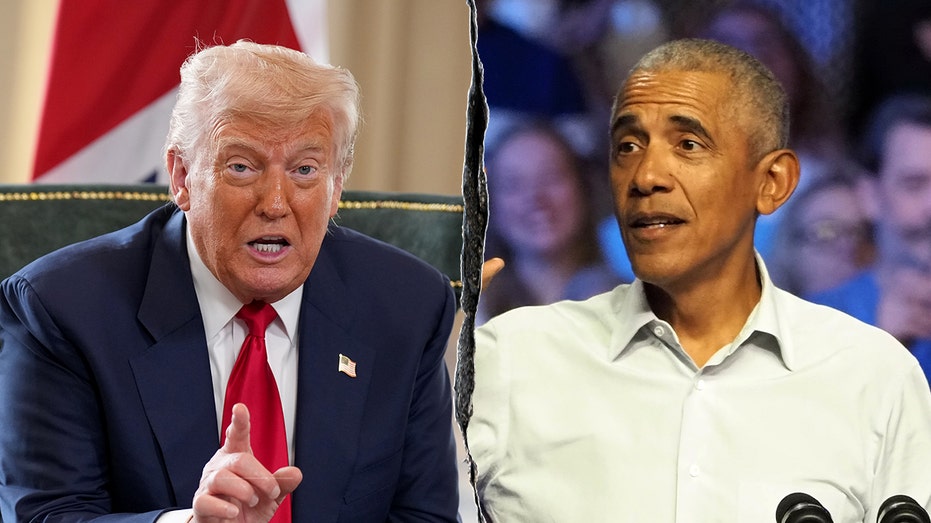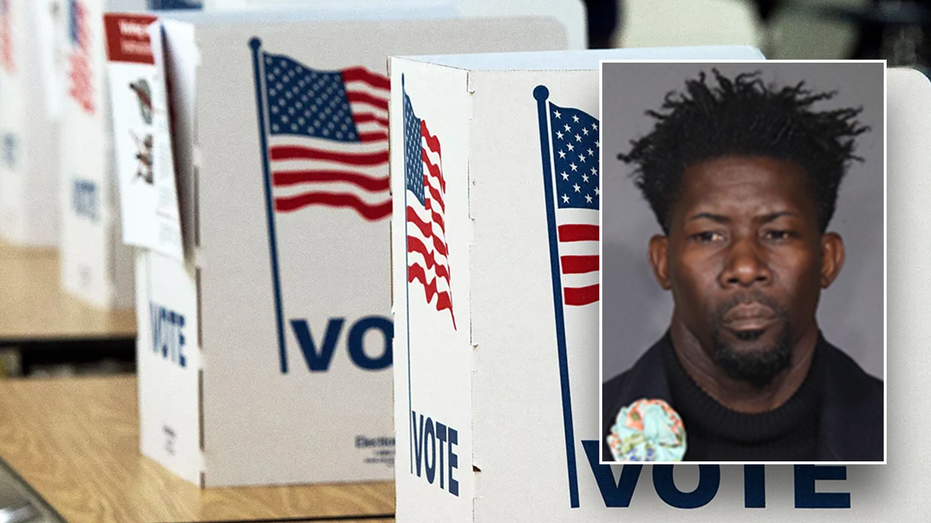The Resolute Desk has witnessed moments of high drama for both Donald Trump and Barack Obama, and surprisingly, a shared experience: government shutdowns. While seemingly worlds apart in leadership style, both presidents navigated the complexities of a stalled government, yet their approaches differed dramatically, particularly during extended closures.
The core of both shutdowns revolved around the Affordable Care Act, but the execution of strategy diverged sharply. Obama actively placed the shutdown in the national spotlight, aiming to make its impact keenly felt by everyday Americans. He wanted the consequences of inaction to be visible and unavoidable.
During the 2013 shutdown, swift action saw barricades rise around national parks and beloved landmarks, a deliberate effort to showcase the government’s closure. These weren’t just symbolic gestures; they were intended to disrupt and inconvenience, amplifying the message of political impasse.
In contrast, the Trump administration initially focused the impact inward, targeting the federal government itself and congressional Democrats. The Office of Management and Budget, under Russ Vought, implemented measures like mass furloughs and withholding funds from states and cities, shifting the immediate pain away from the public.
Experts observed a clear difference in intent. One approach was “showmanship,” designed to generate public pressure, while the other aimed to directly impact the levers of power within Washington. The debate largely remained confined to the capital, even as Trump continued pursuing international trade deals, including a prominent visit to Asia.
Despite the contrasting tactics, Obamacare remained the central point of contention. In 2013, Republicans sought to dismantle Obama’s signature legislation, forcing his hand to defend his legacy achievement. He became the public face of the crisis, constantly addressing the nation.
For Trump, the issue was less about defending a core legislative priority. While he’d previously attempted to overhaul the Affordable Care Act, the dispute over COVID-era subsidies felt more like a congressional battle, allowing him to remain somewhat removed from the immediate fray.
However, some argue the latest shutdown was a calculated attempt by Democrats to undermine Trump’s own legislative victories, specifically his “One Big, Beautiful Bill Act.” They presented a counter-proposal that sought to dismantle key provisions of that legislation, suggesting the subsidy debate was merely a starting point.
The Democrats’ unwillingness to compromise solely on the subsidy issue, even after 43 days, fueled the argument that their goals extended far beyond simply addressing healthcare funding. It was a broader attempt to reshape the legislative landscape, masked by a focus on immediate financial concerns.
Ultimately, both shutdowns, though distinct in their execution, underscored the enduring power of political conflict over a deeply divisive healthcare law and the contrasting ways presidents can wield the power of the office during times of crisis.






